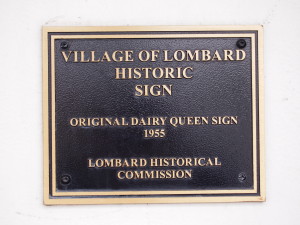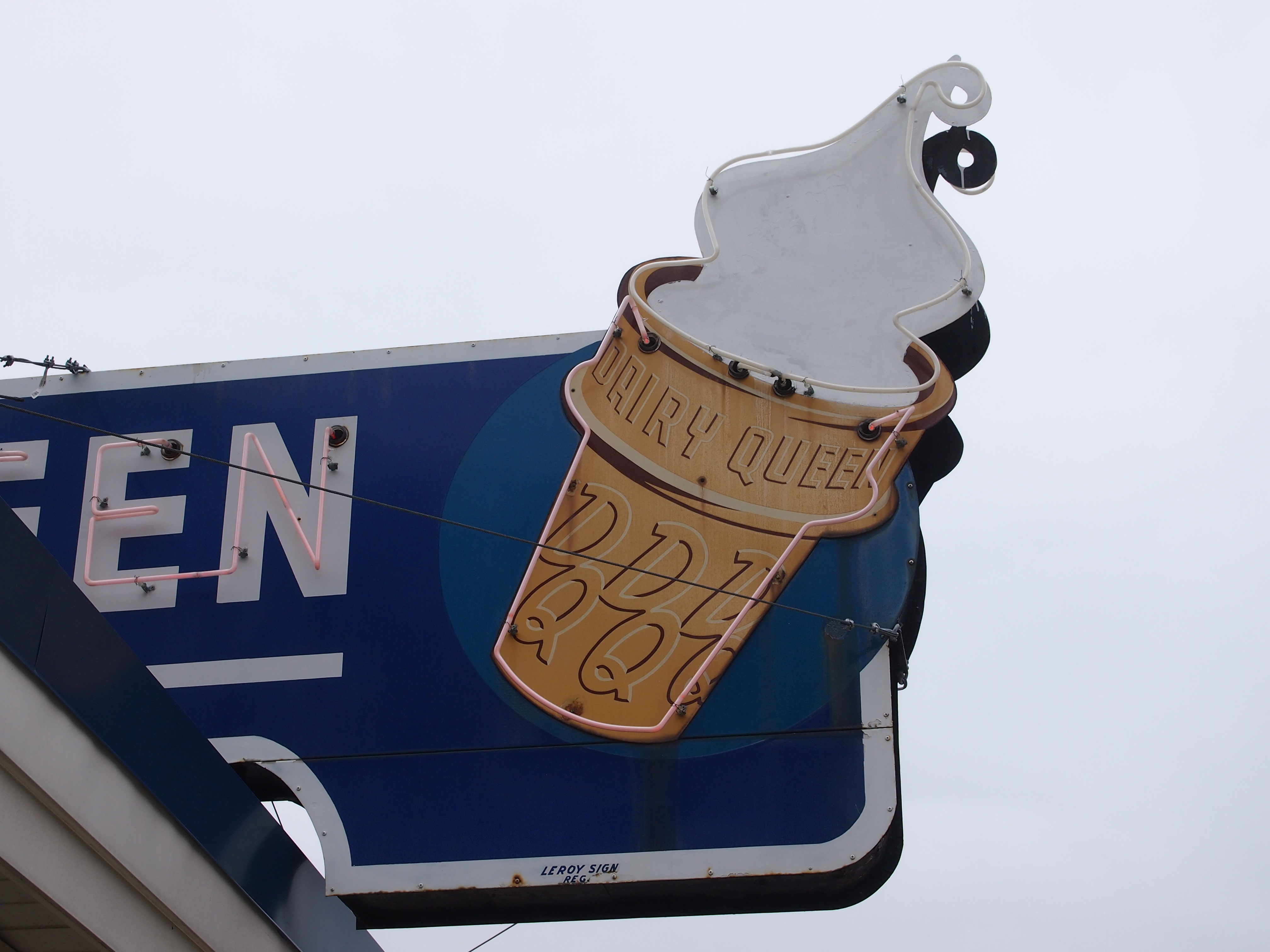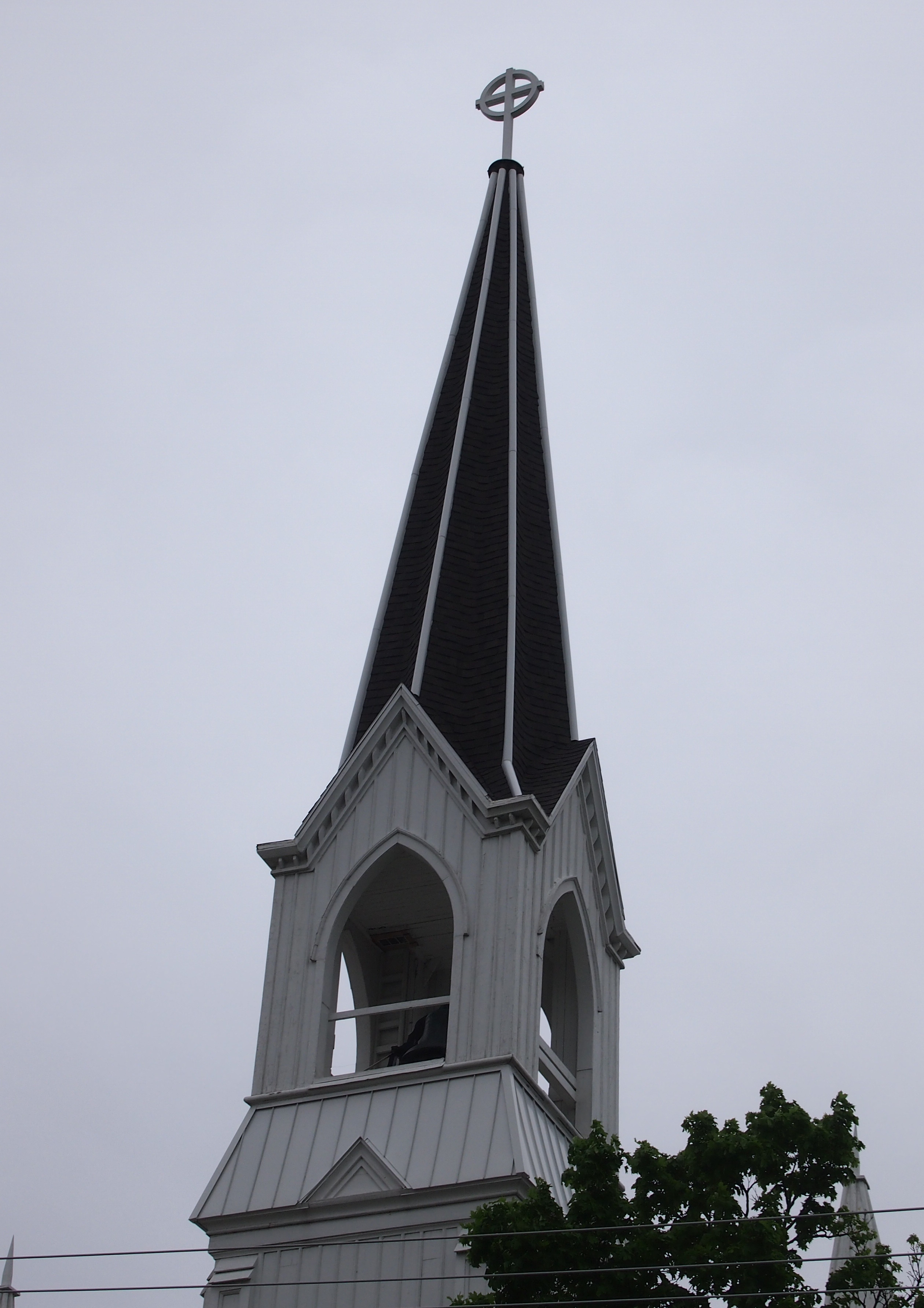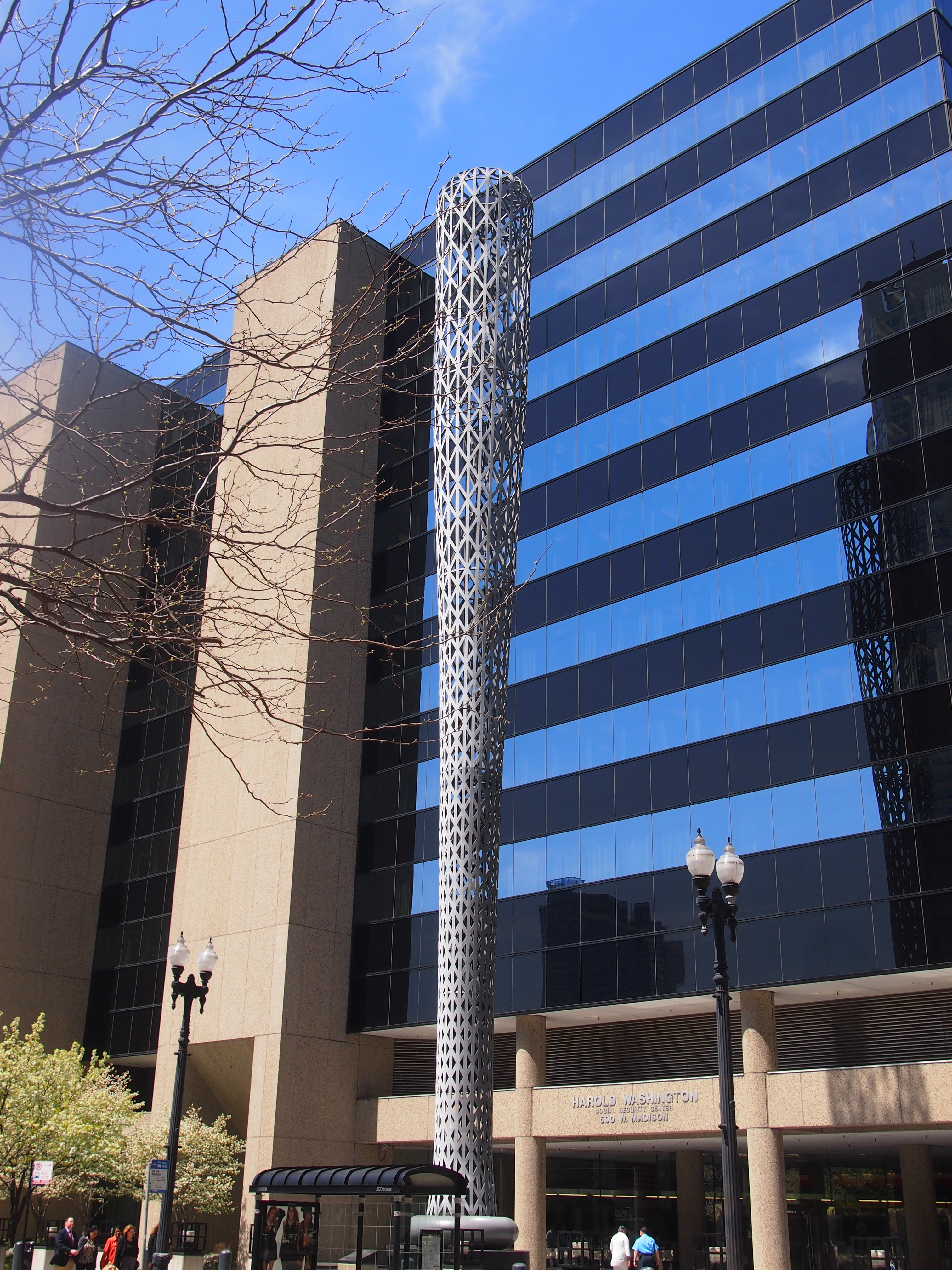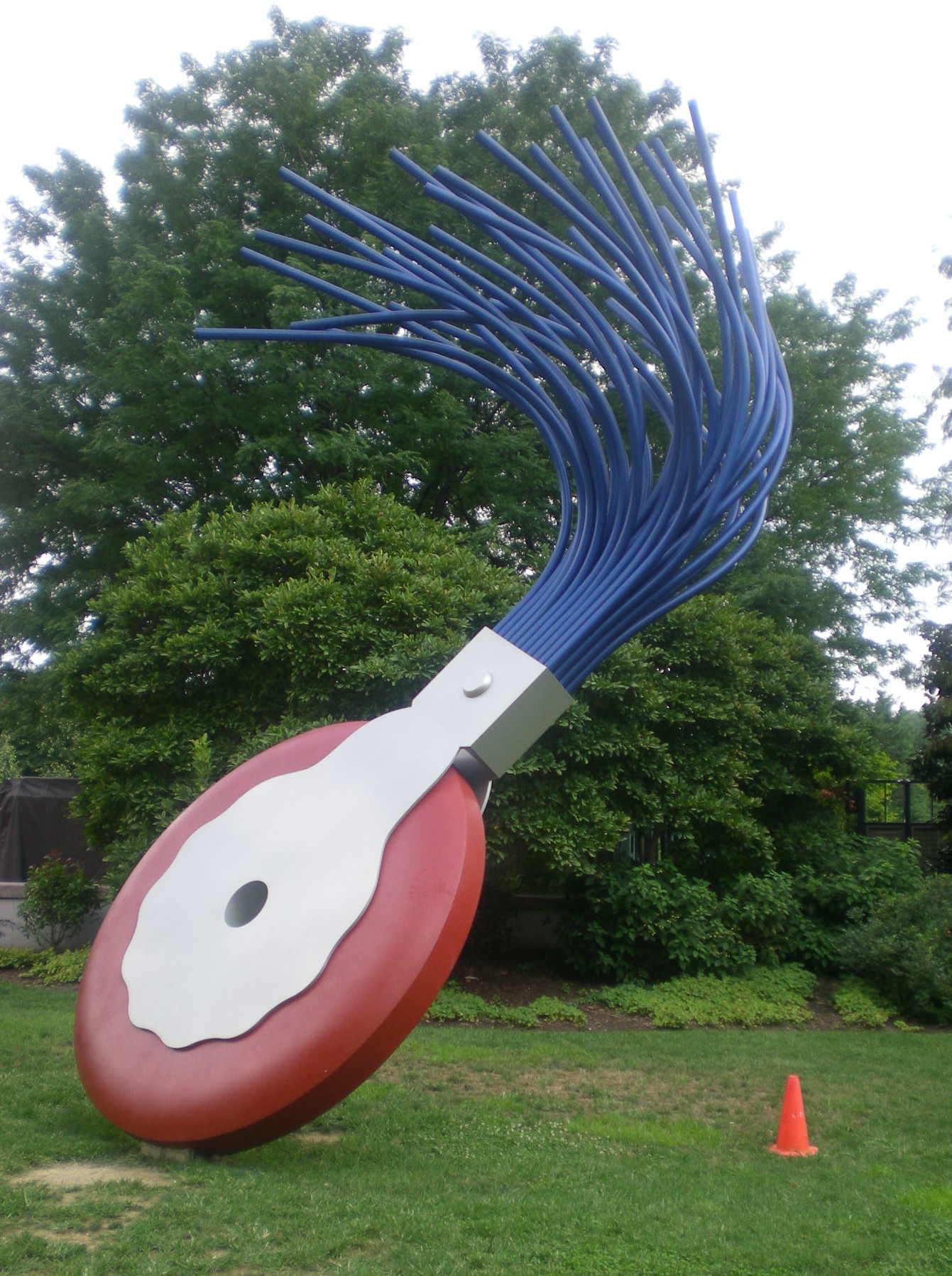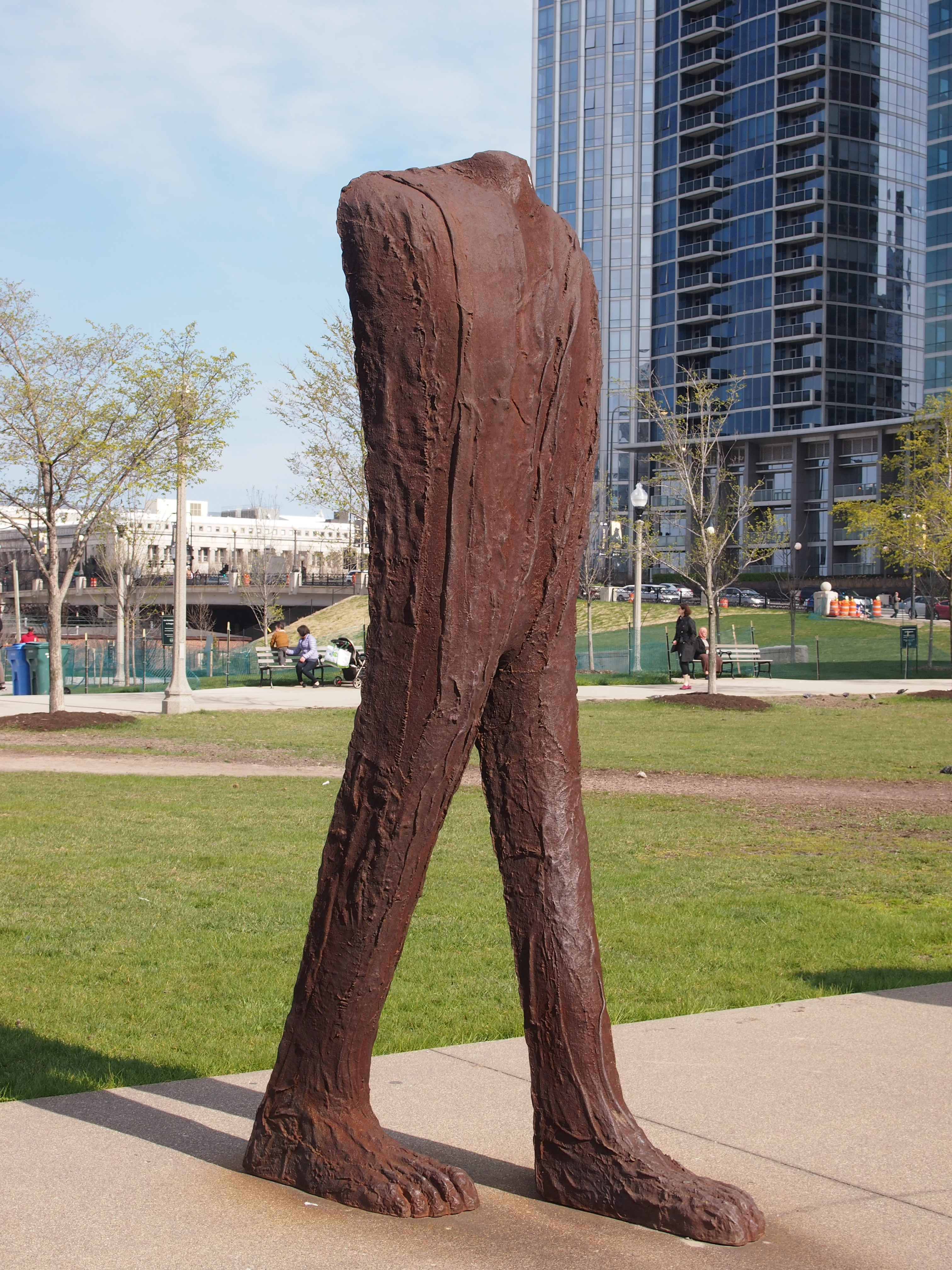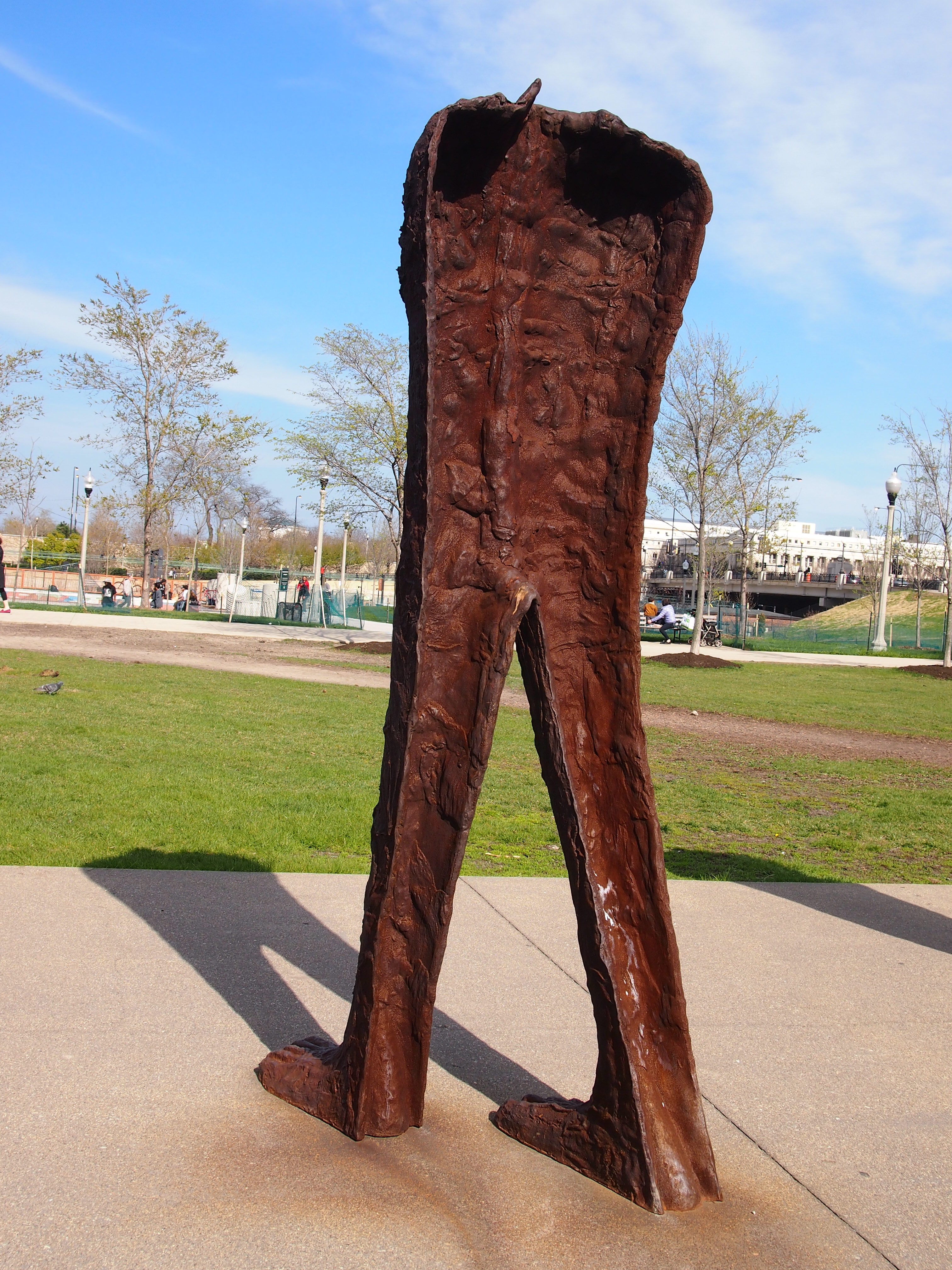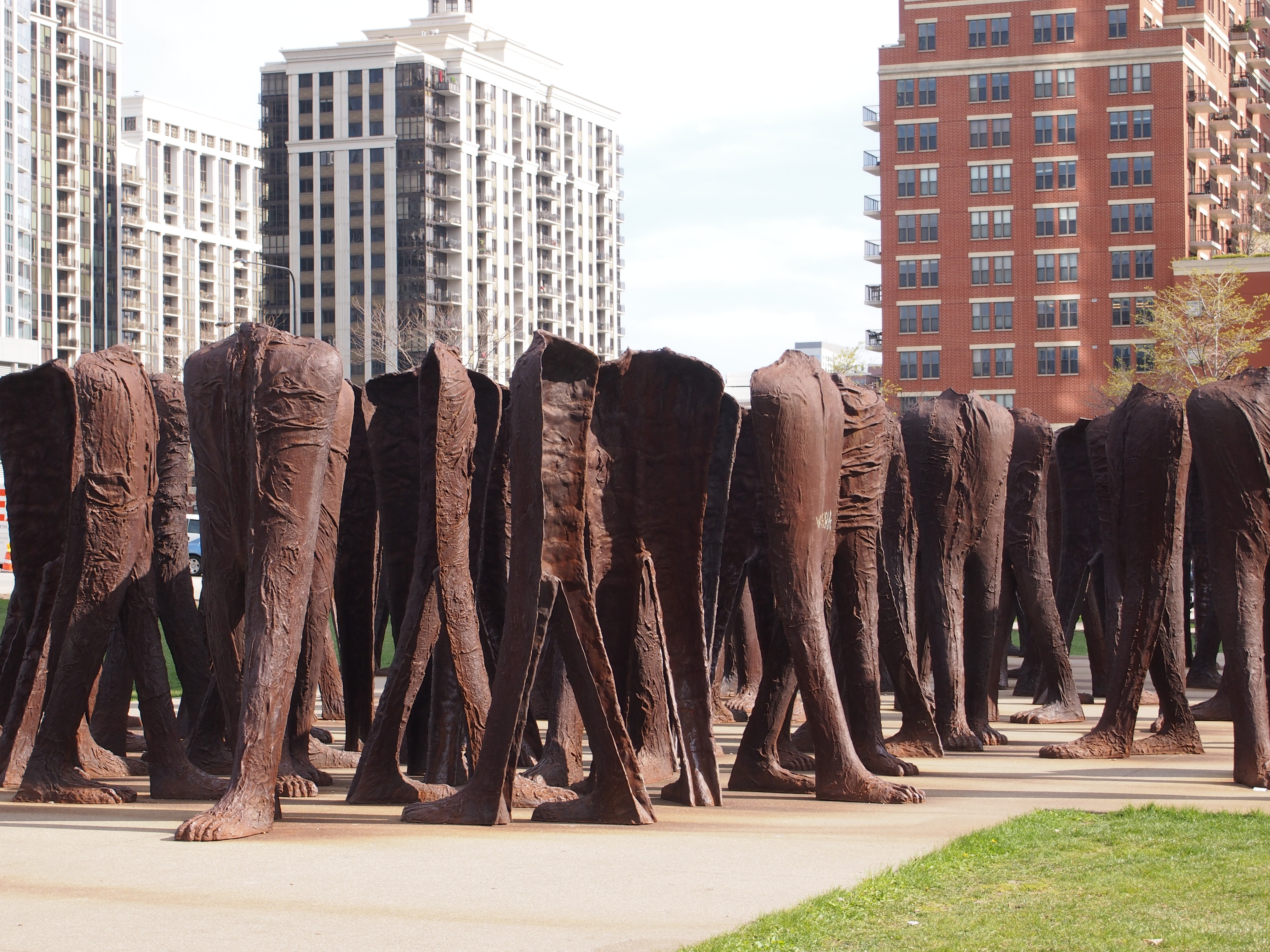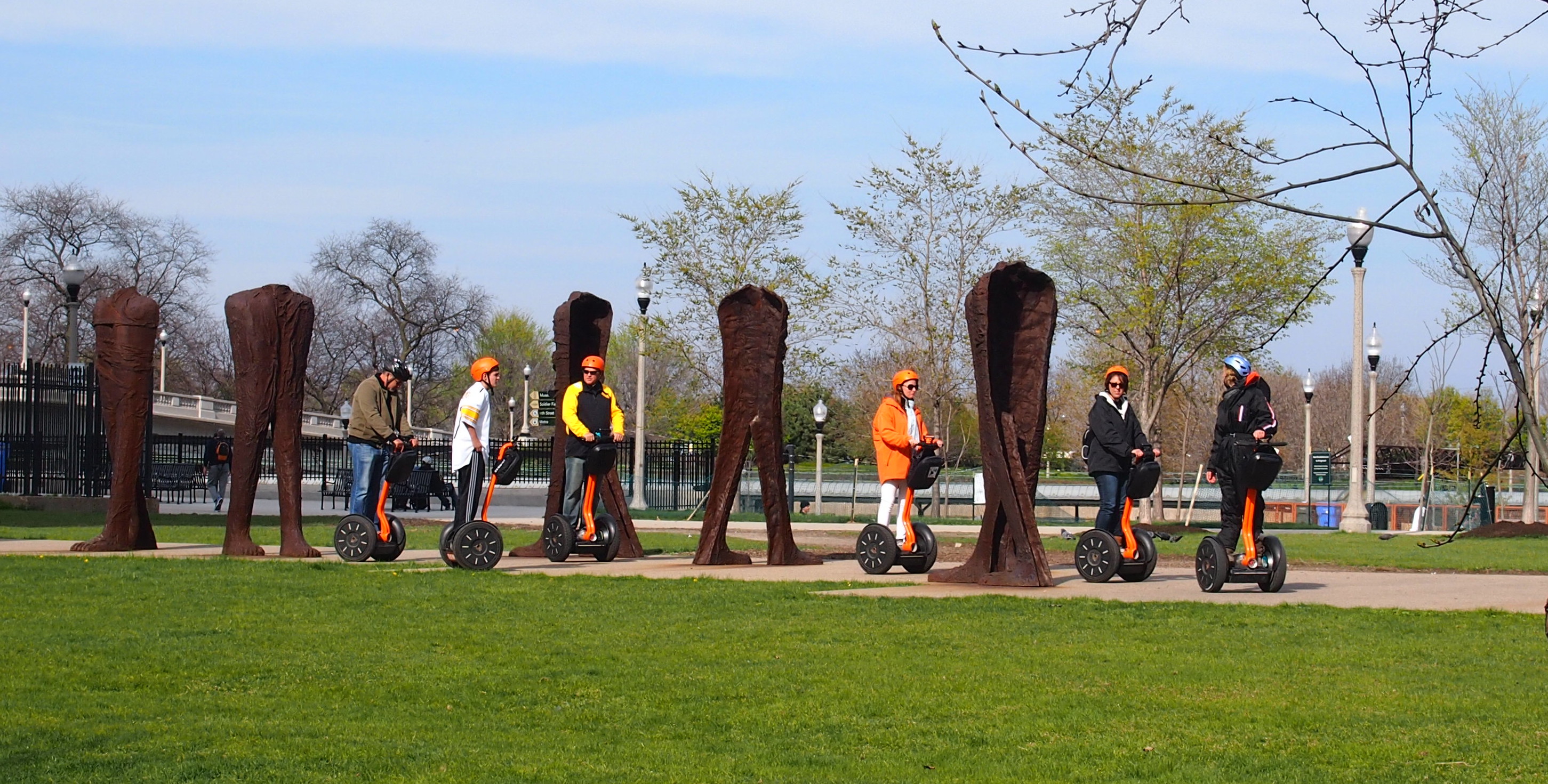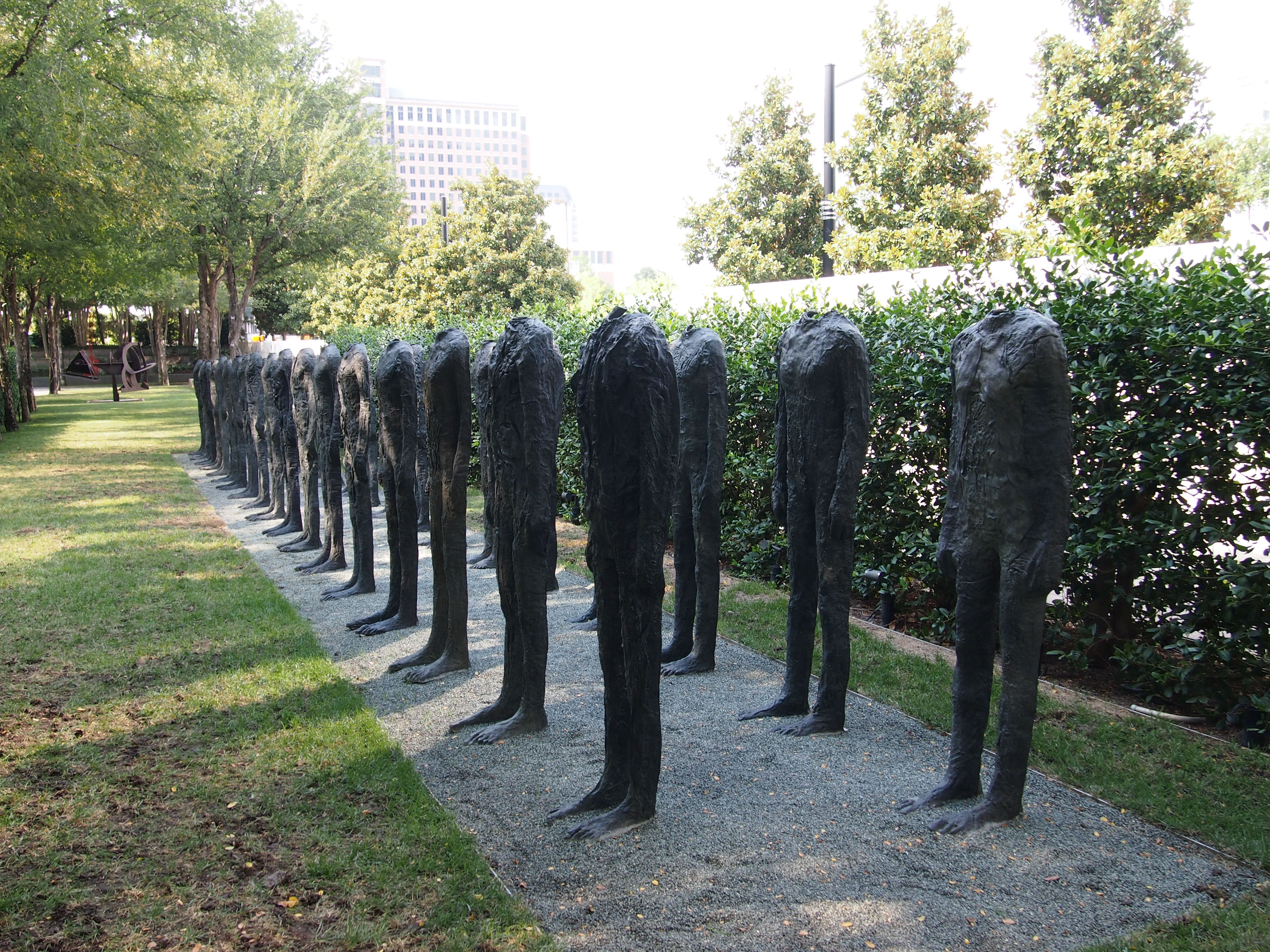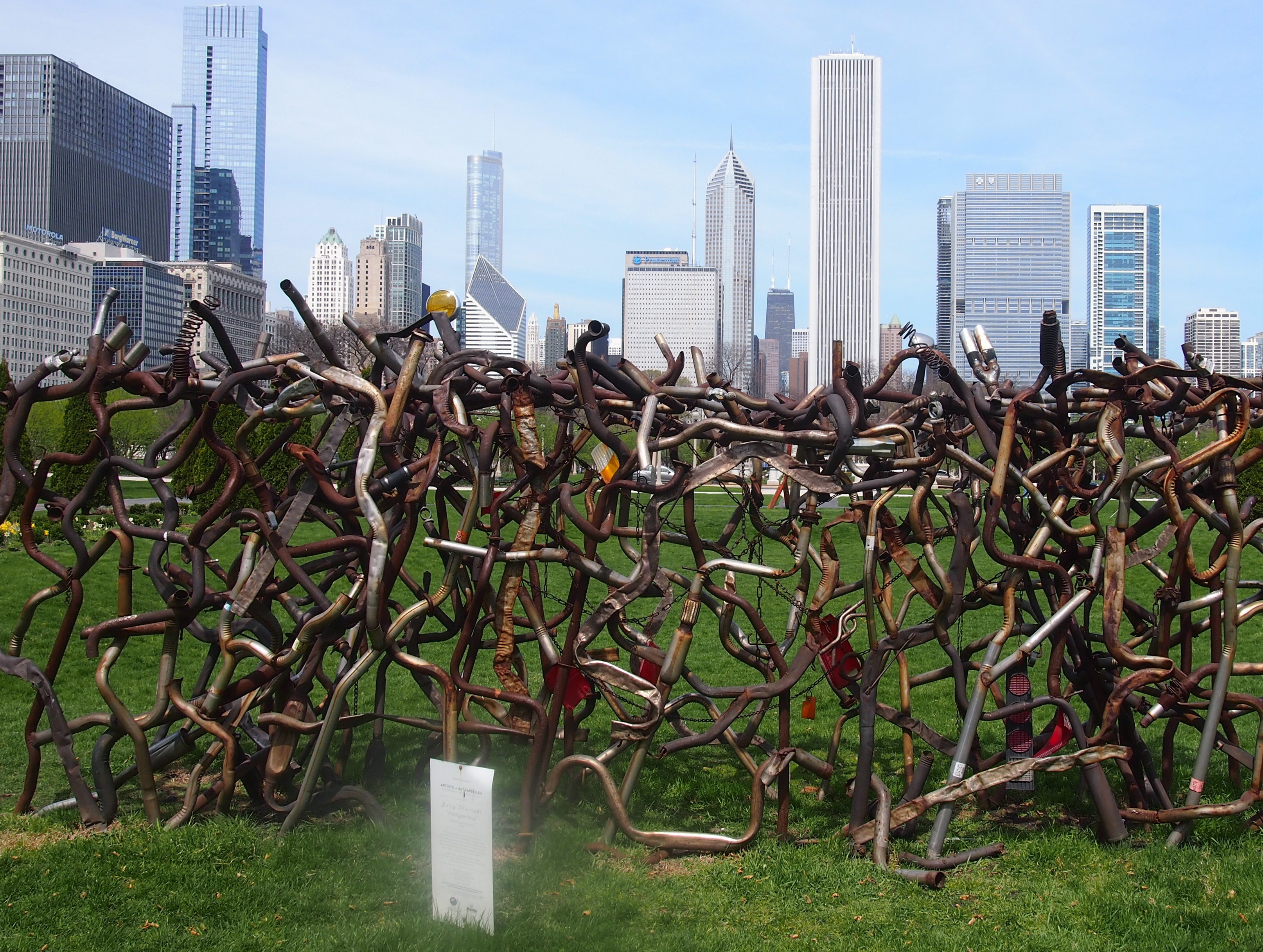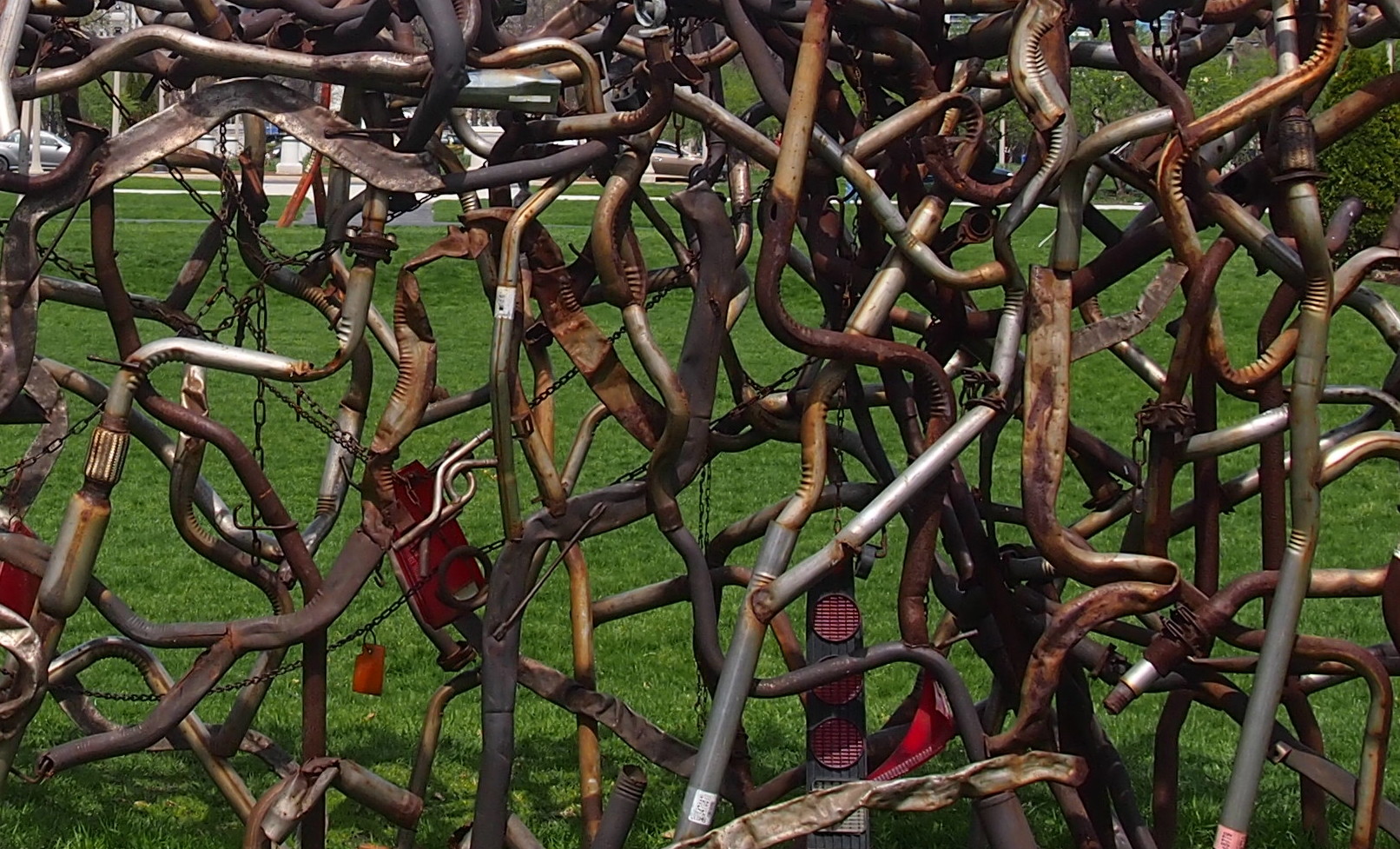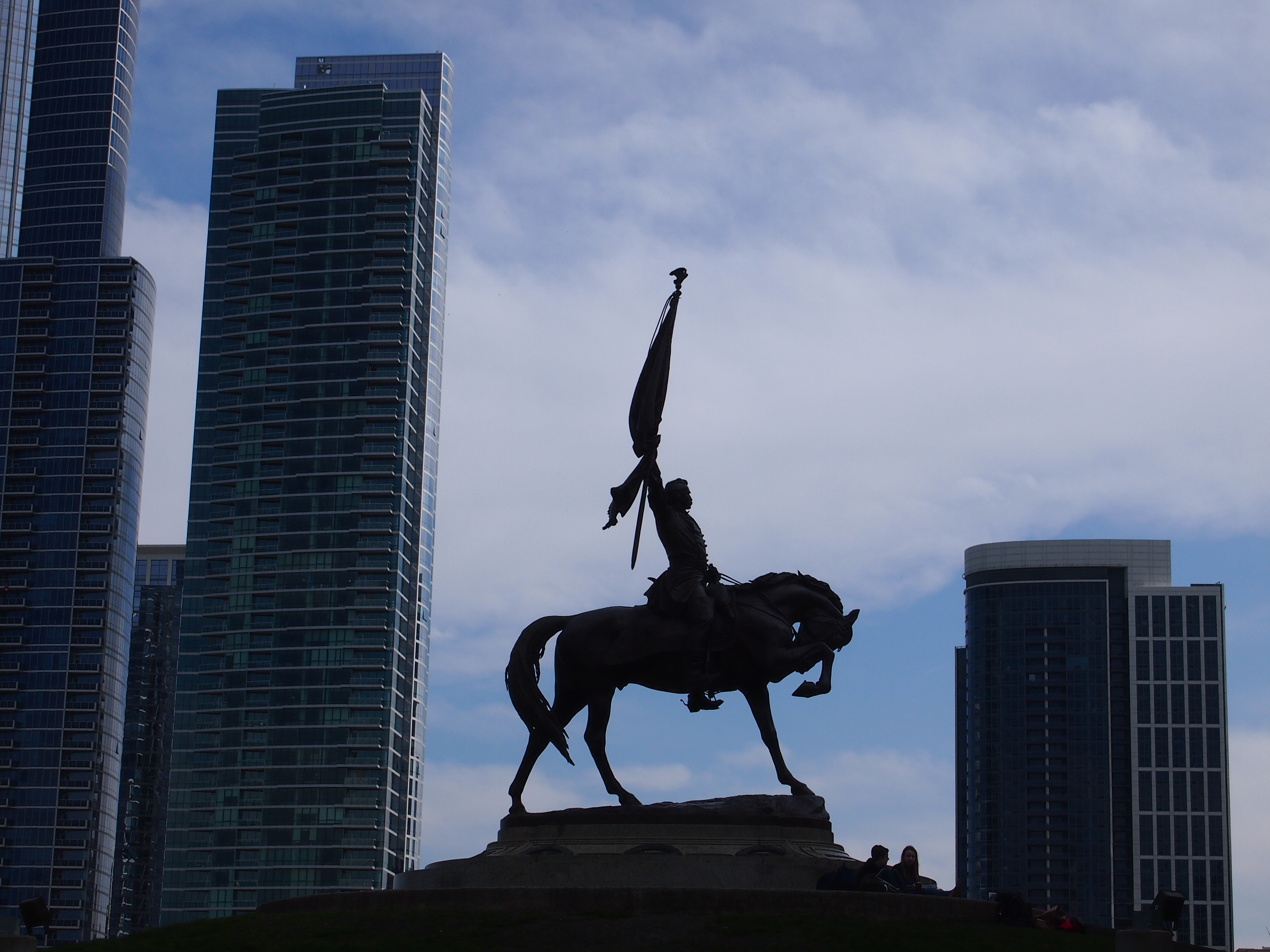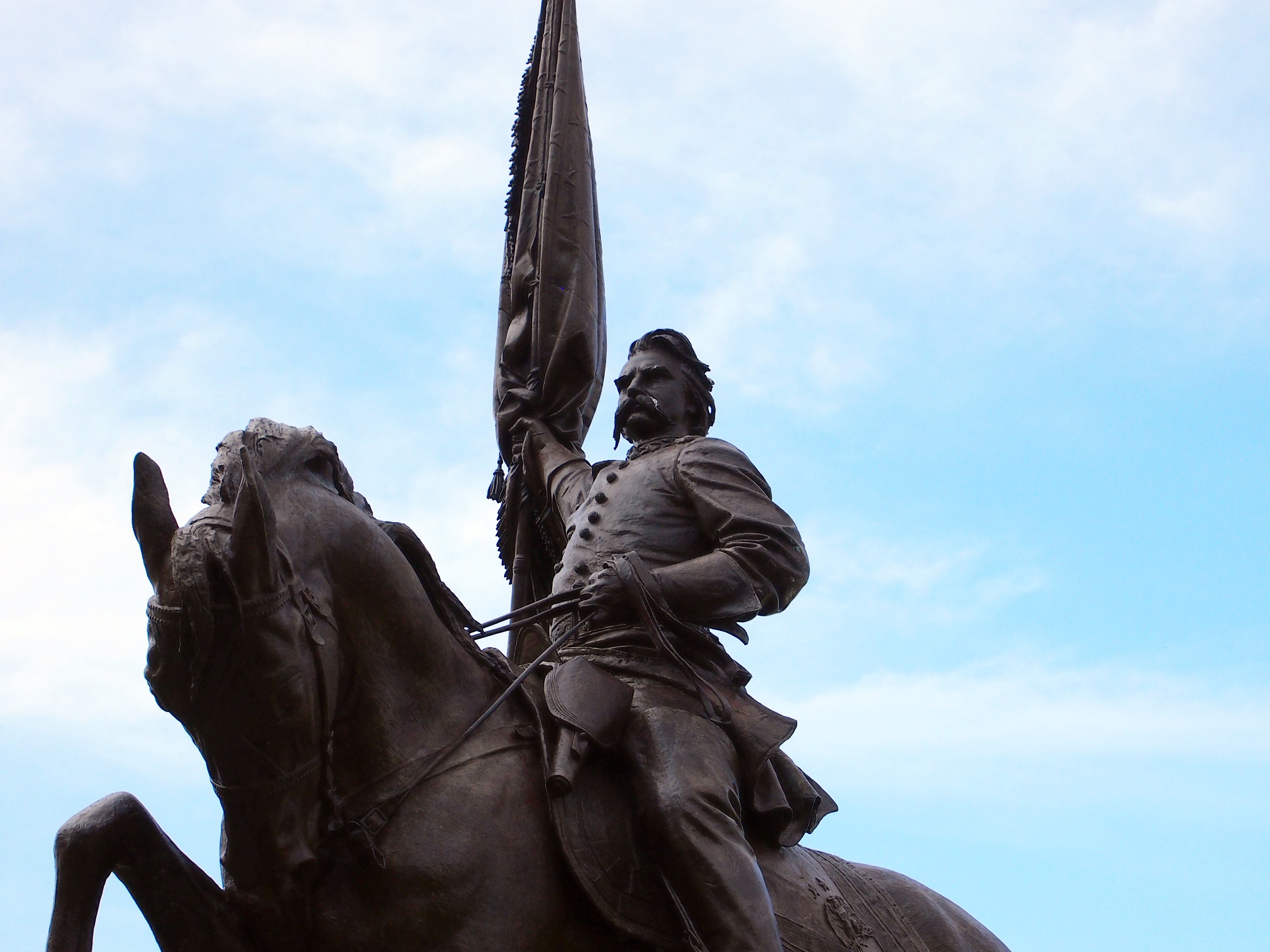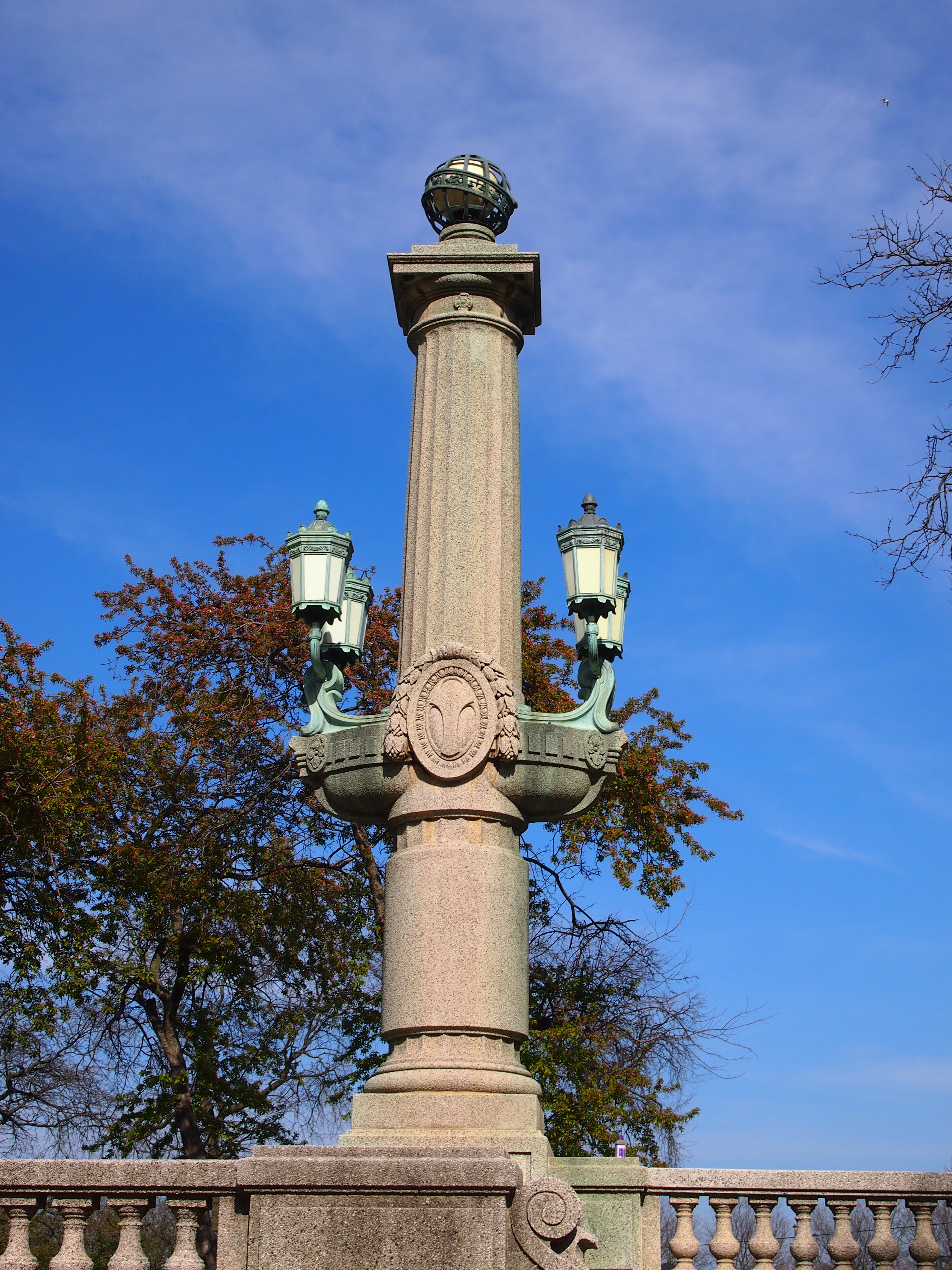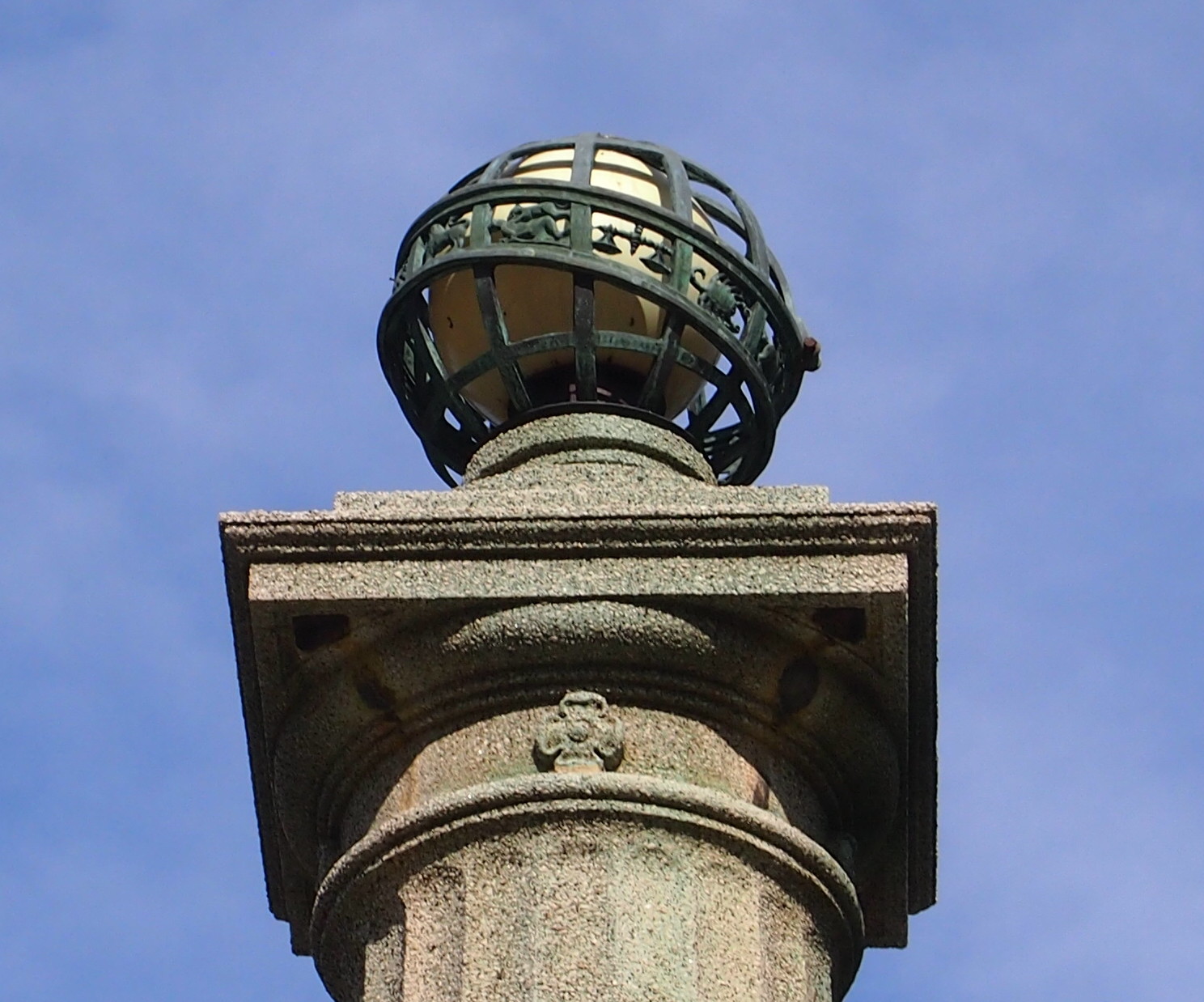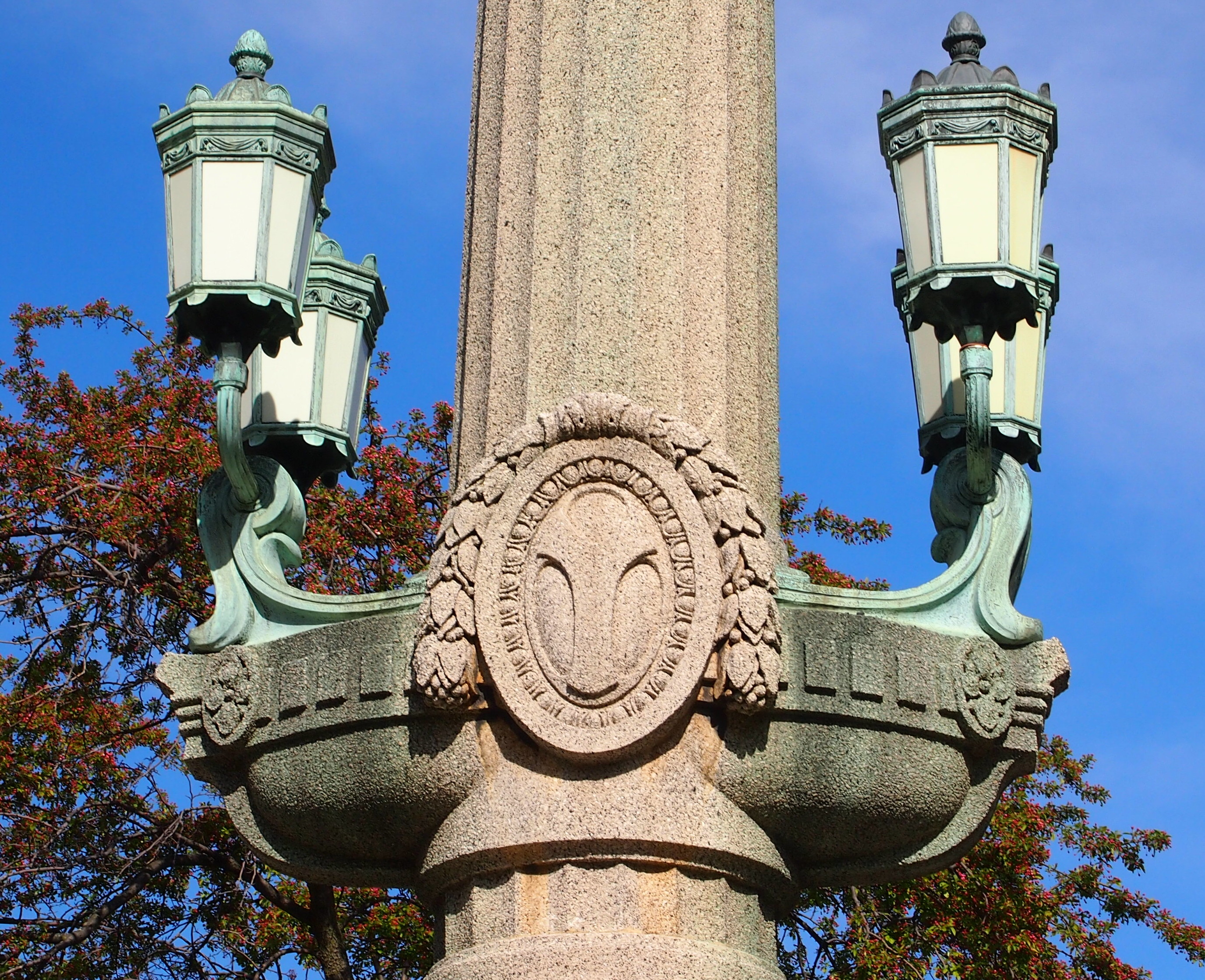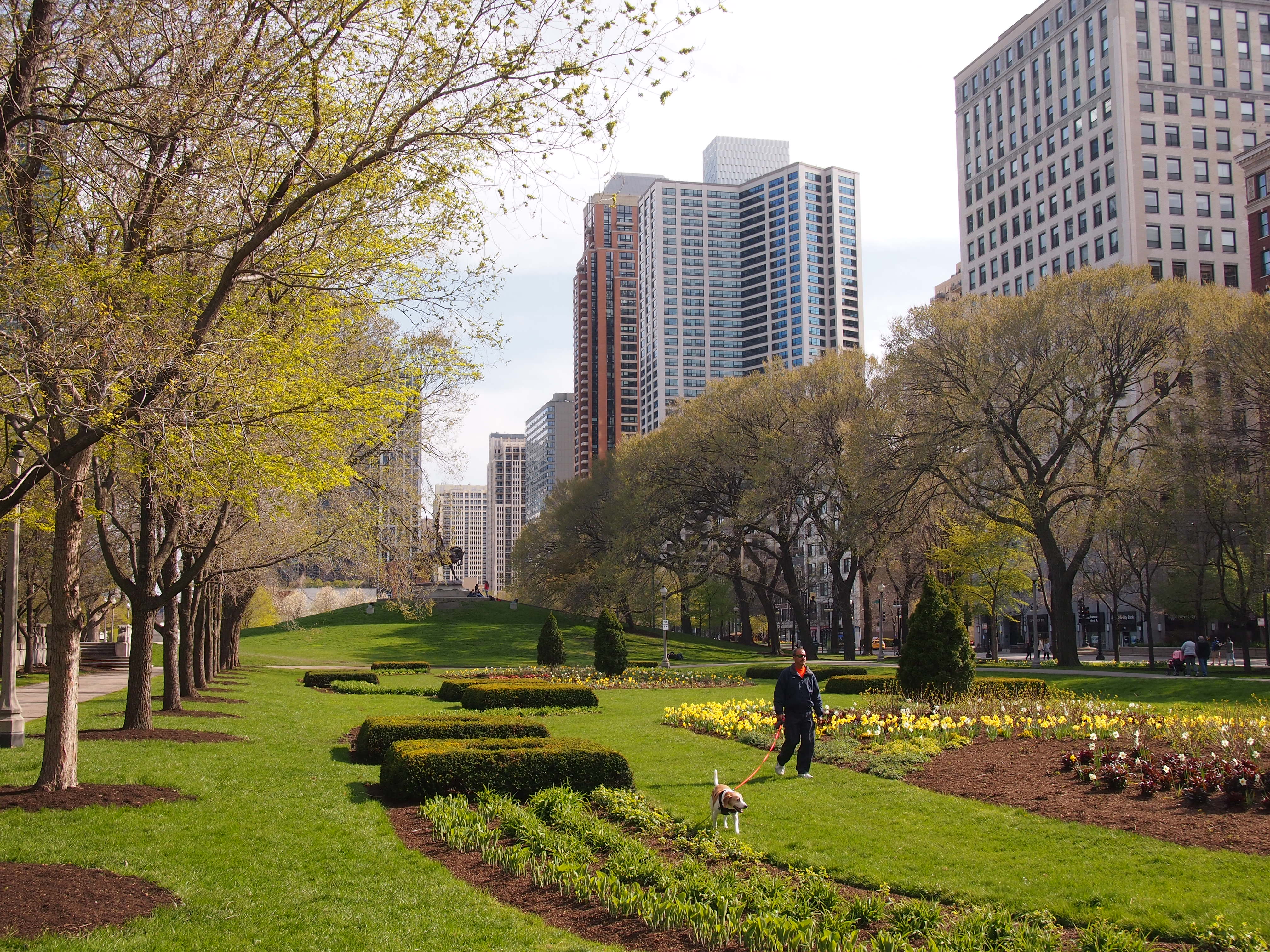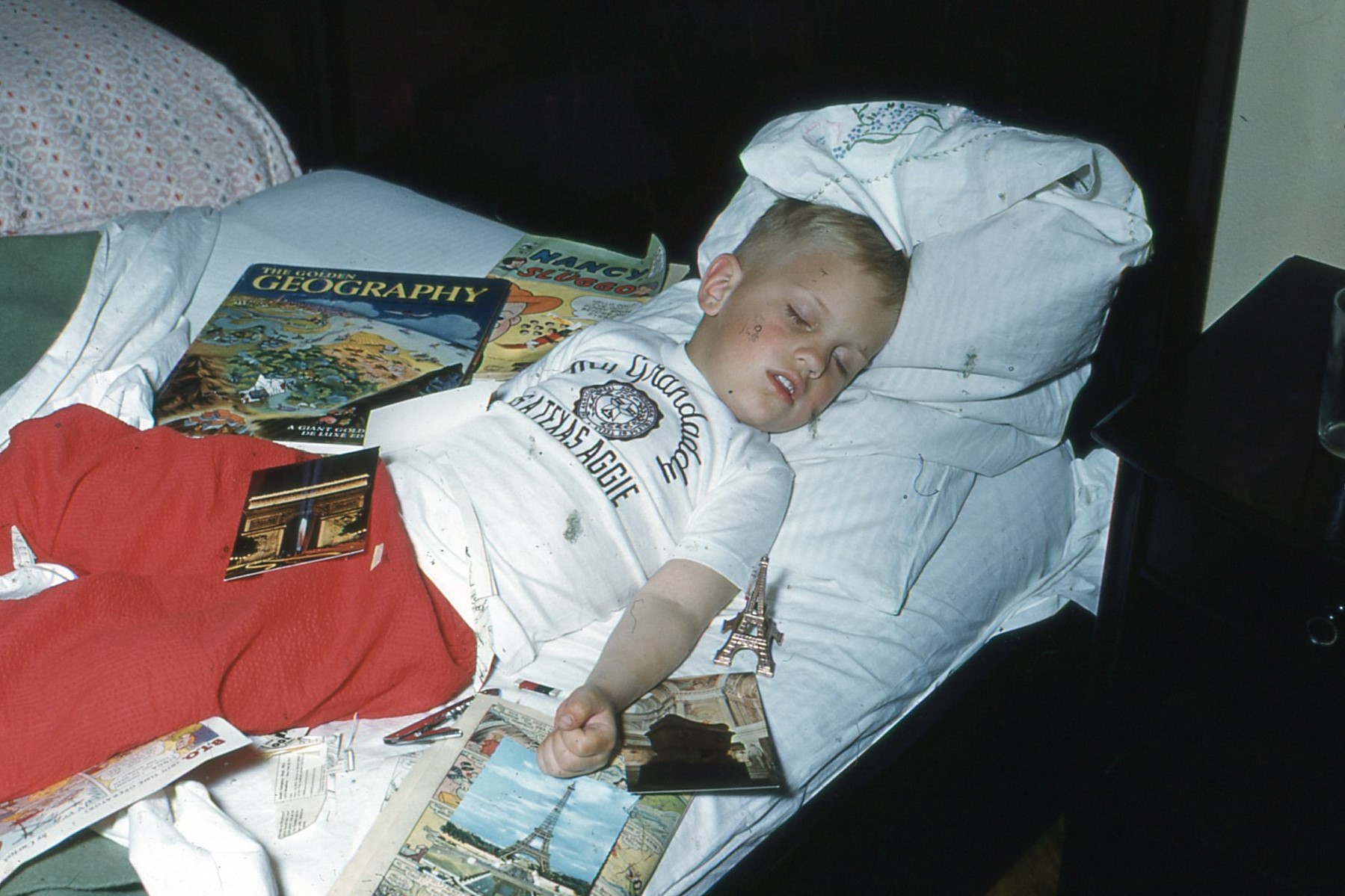I don’t have that many images of my maternal grandfather — most of them are at my mother’s house — but there are a few kicking around here.
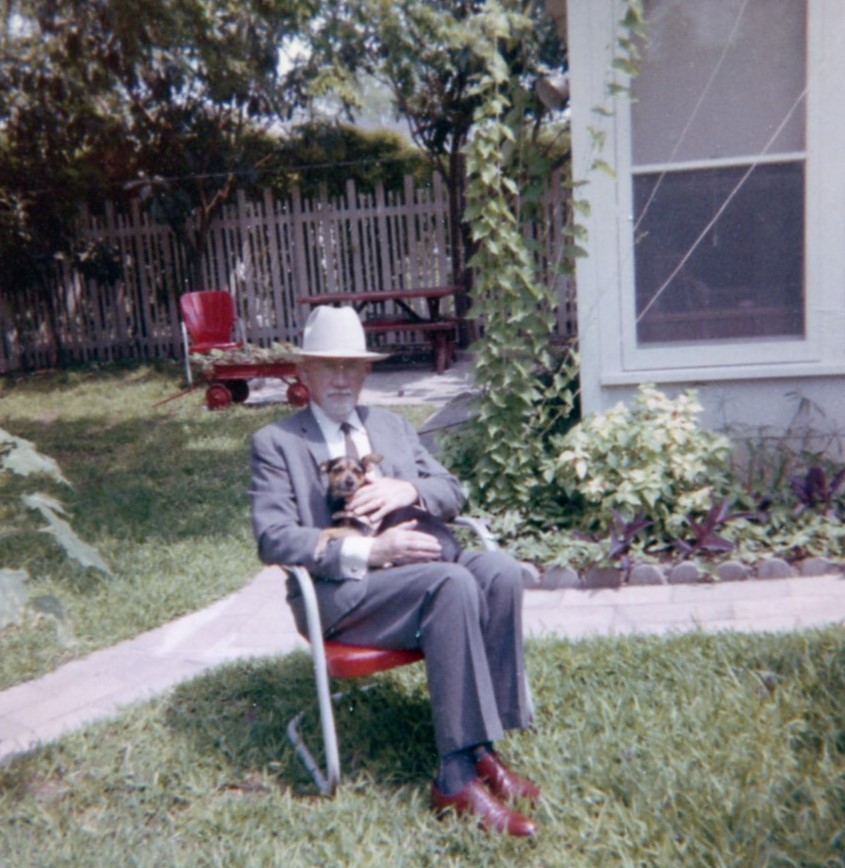 The picture is dated “Mother’s Day 1963,” which was May 12, 1963, a Sunday. Grandpa — even at this late date, I can’t call him “James” or anything else — aged nearly 70, is sitting in his back yard in Alamo Heights with his dog Georgette. I remember Georgette better than Grandpa, since he died in 1966, when I was five; the dog lived until sometime in the late ’60s.
The picture is dated “Mother’s Day 1963,” which was May 12, 1963, a Sunday. Grandpa — even at this late date, I can’t call him “James” or anything else — aged nearly 70, is sitting in his back yard in Alamo Heights with his dog Georgette. I remember Georgette better than Grandpa, since he died in 1966, when I was five; the dog lived until sometime in the late ’60s.
I remember the back yard pretty well from visits later than 1963. Behind him to the right is the detached office-laundry room-garage behind his house. The office even had a nickname: the Pout House, which seems to speak to some long-ago family joke. Even further back is a fence lined with bamboo, which I believe he planted.
As I mentioned before, he was Texas A&M Class of 1916 and member of the U.S. Army Corps of Engineers during and after the Great War. He was a civil engineer by profession during the great age of 20th-century road building in Texas, and aspired to work on building the Alaska Highway, but that didn’t happen. He and Grandma (Edna, 1894-1971) currently have 13 living descendants, age 12 to age 89.
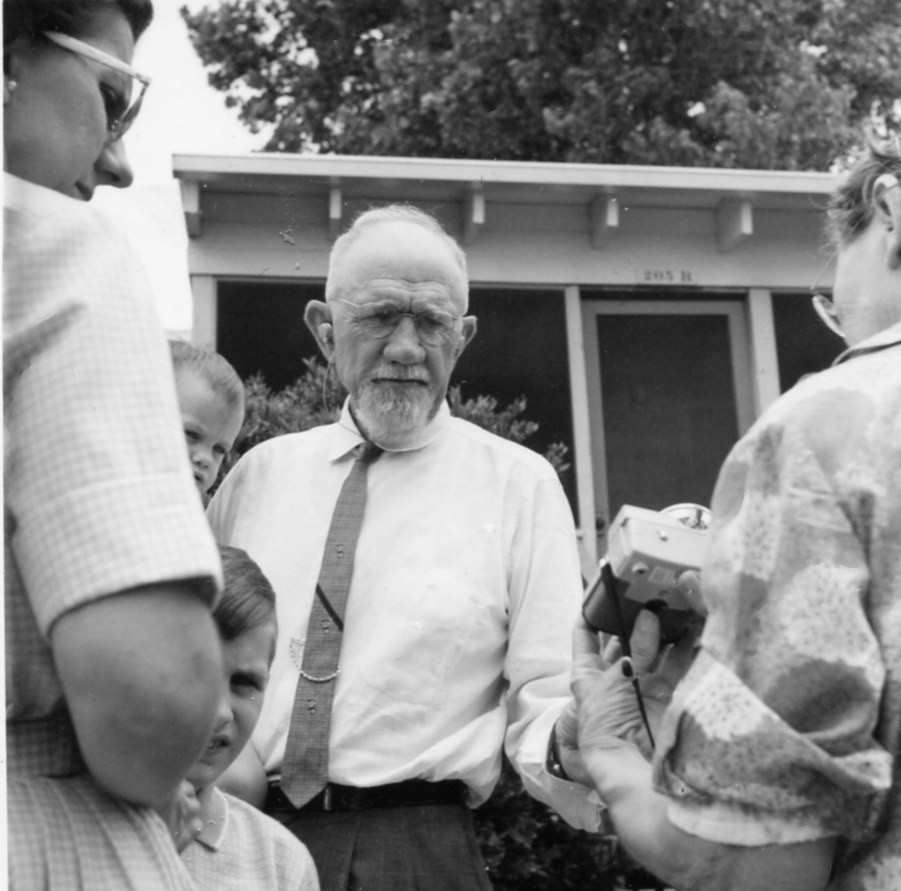 This is in McKinney, Texas. The pic manages to capture my mother on the left, me (the small face under hers), Jim (under me), Grandpa and Grandma (holding another camera?). Grandpa’s hearing aid is clearly visible. One thing I know: by this time, he was quite hard of hearing.
This is in McKinney, Texas. The pic manages to capture my mother on the left, me (the small face under hers), Jim (under me), Grandpa and Grandma (holding another camera?). Grandpa’s hearing aid is clearly visible. One thing I know: by this time, he was quite hard of hearing.
It’s dated Spring 1963, at some time when Grandpa and Grandma were up for a visit from San Antonio. I feel certain they would have driven up, and I hope used the parts of I-35 that were finished at the time, which would have been spanking new. As a civil engineer, I’m sure Grandpa would have appreciated it more than most (and it wouldn’t have been the crowded mess it is in the 21st century in some places).
Jay tells me, about that picture, that Grandpa grew the beard about the time Ralph was born (our cousin, born April 1963) with the idea that it would make him look more familiar to Ralph, whose father wore whiskers. “Dr. Colvin [a psychiatrist we knew] happened to see a picture of Grandpa with the beard and asked if he had been a psychiatrist. (There is, I suppose, something Viennese about it.)”
 But also tulips, such as “Antoinnette.”
But also tulips, such as “Antoinnette.” And “Mona Lisa.”
And “Mona Lisa.” And “Burgundy Lace,” a fringed tulip.
And “Burgundy Lace,” a fringed tulip. Also, good old crabapple trees.
Also, good old crabapple trees. This character showed up to entertain. I think. Or maybe he just likes to dress up. Thing 1 and Thing 2 weren’t around.
This character showed up to entertain. I think. Or maybe he just likes to dress up. Thing 1 and Thing 2 weren’t around.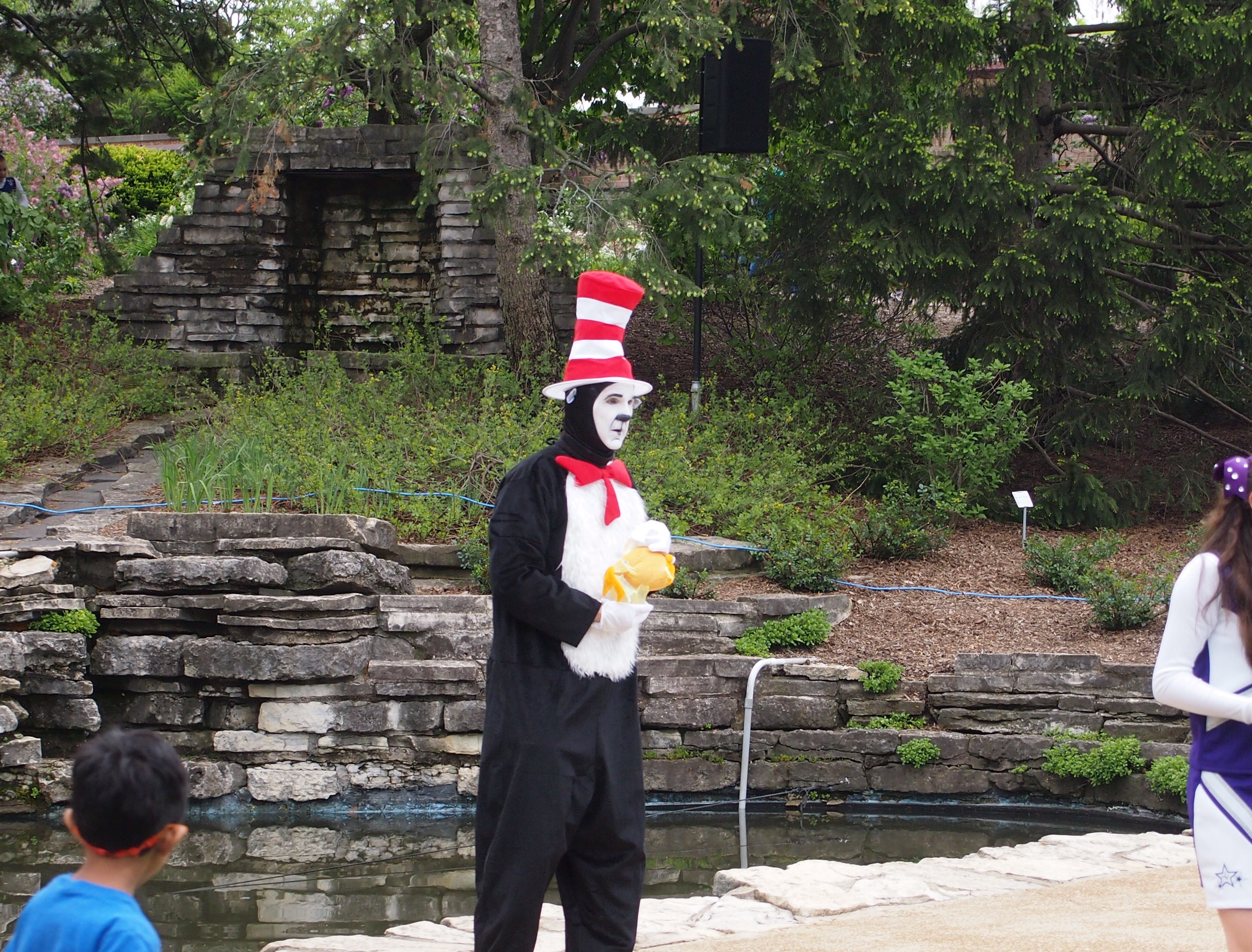 I took some of the pictures and Ann took others.
I took some of the pictures and Ann took others.